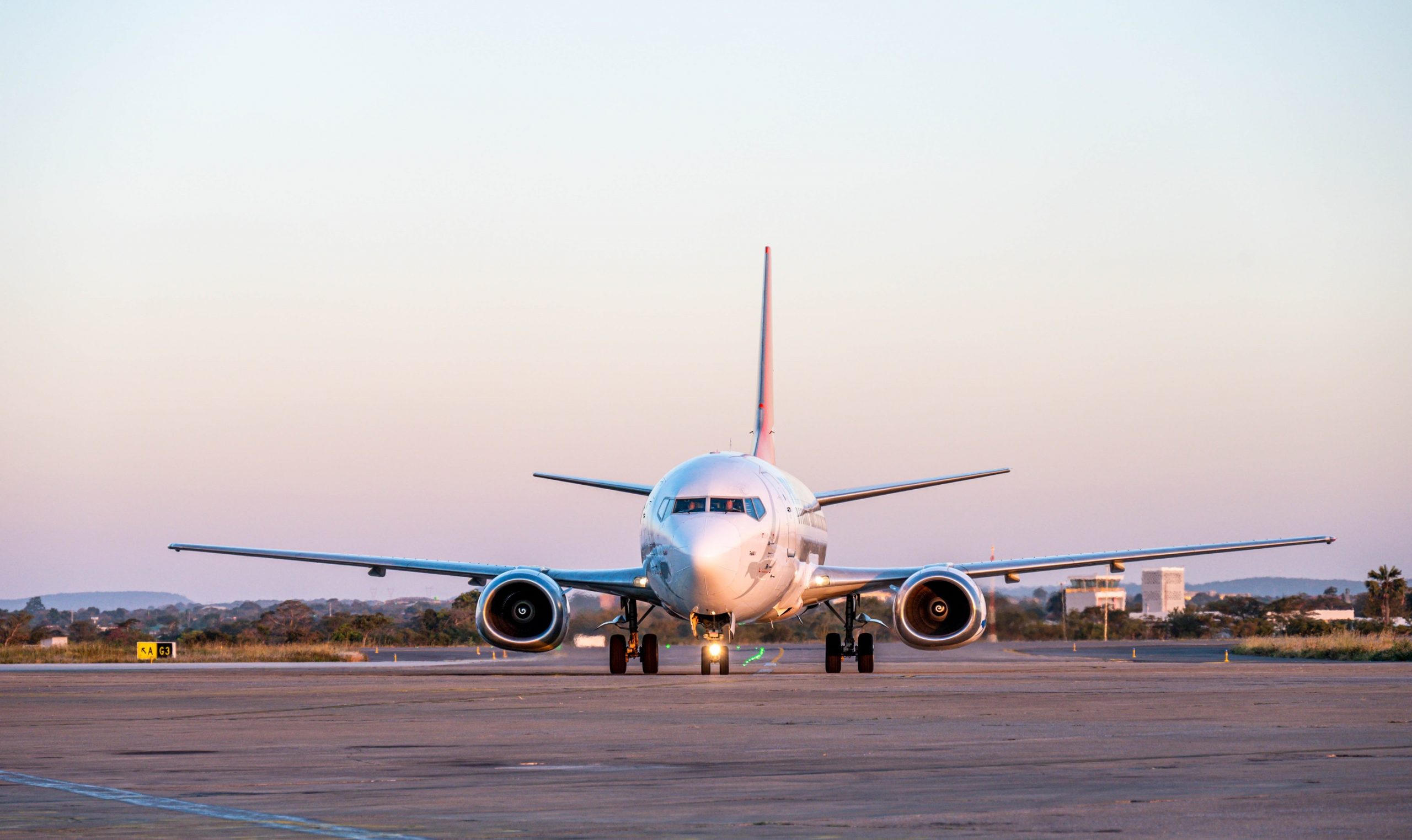
FOR IMMEDIATE RELEASE
WITH PICTURES
OCTOBER 30, 2023
CELEBRATING ZAMBIAN AVIATION
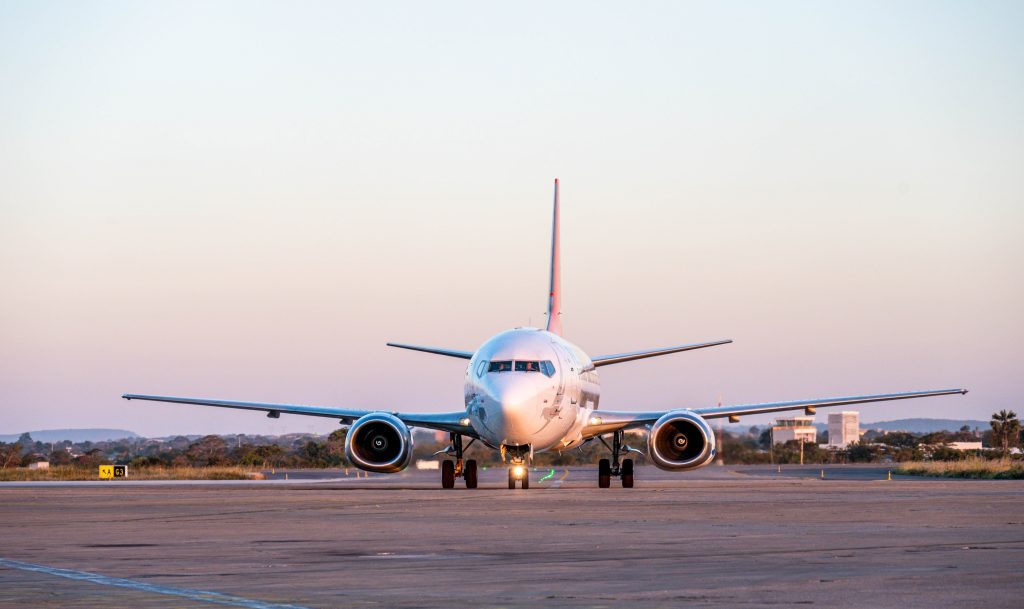
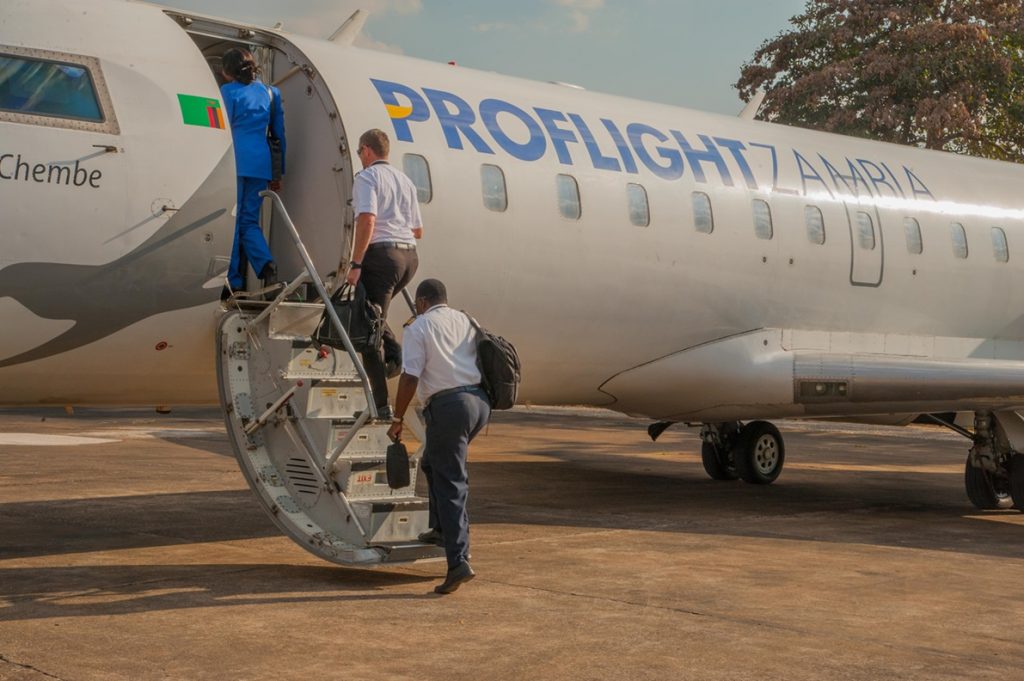
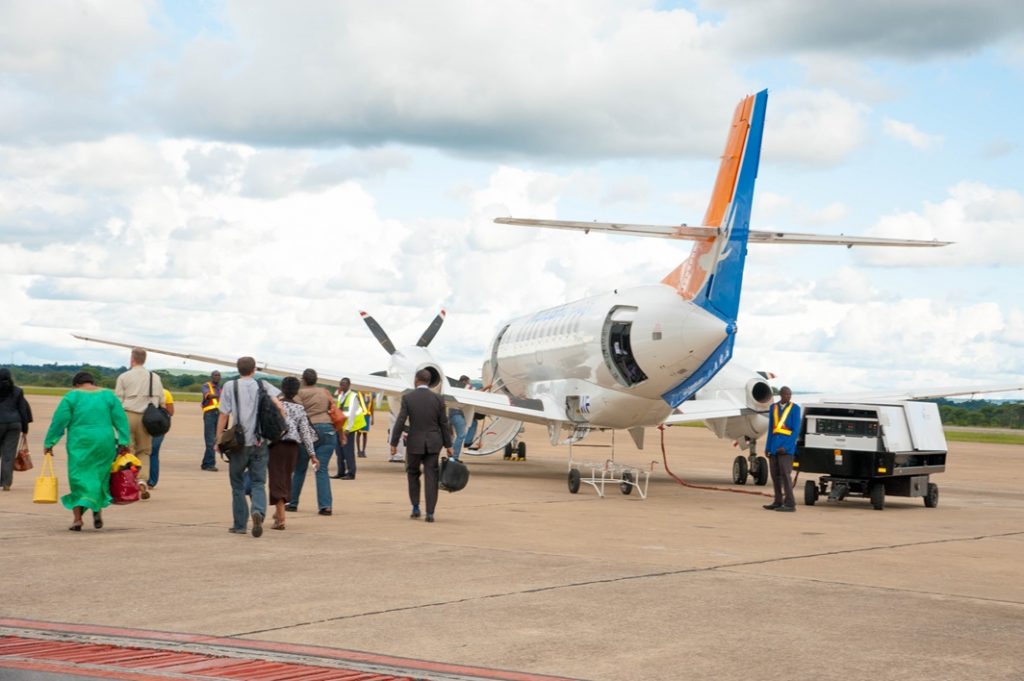
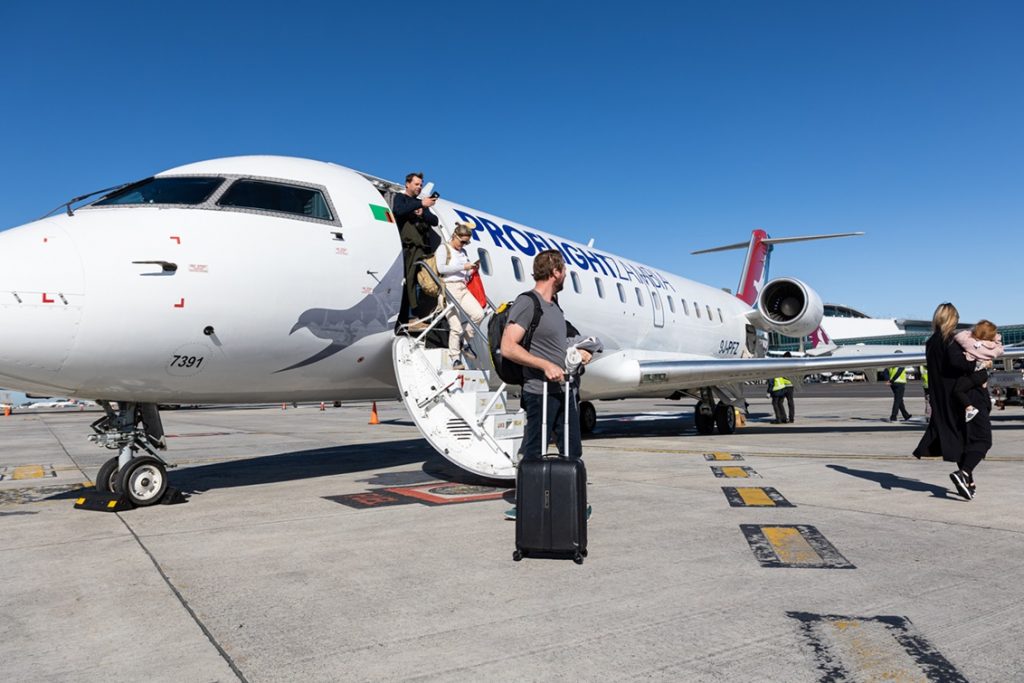

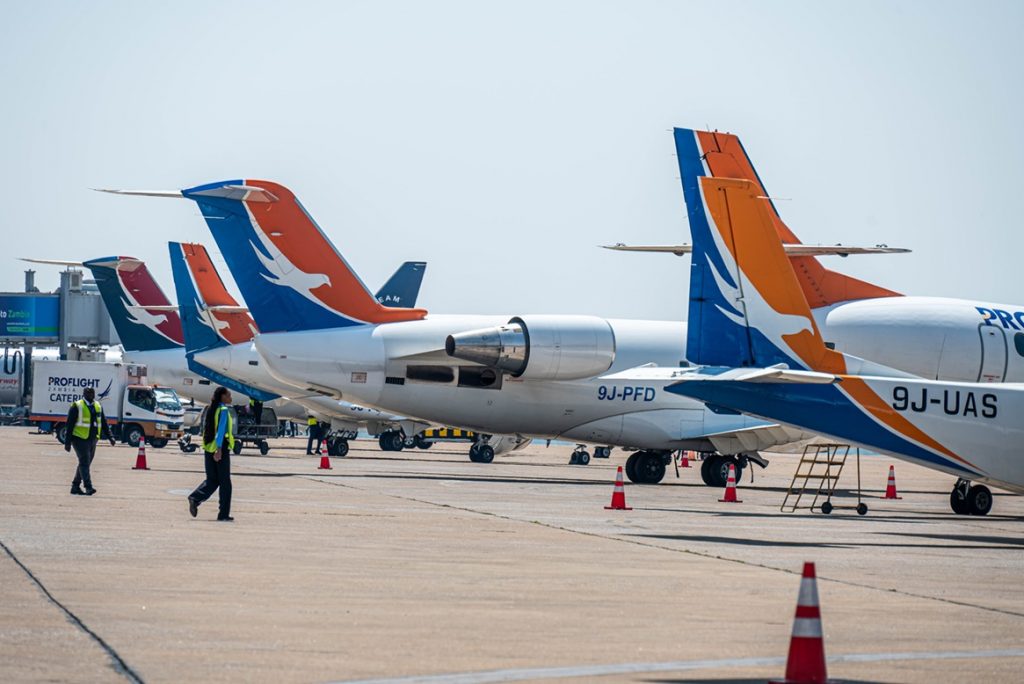
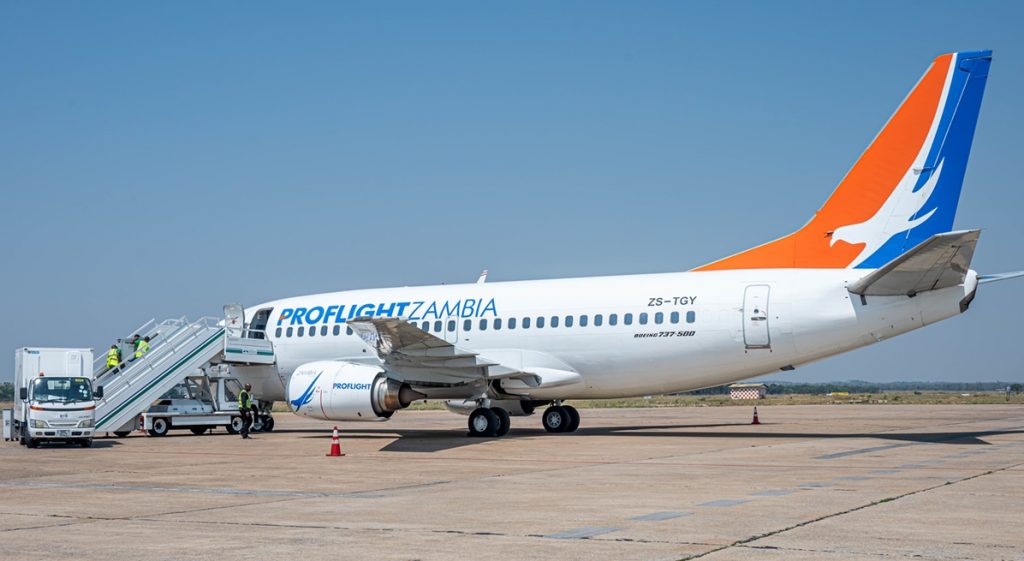

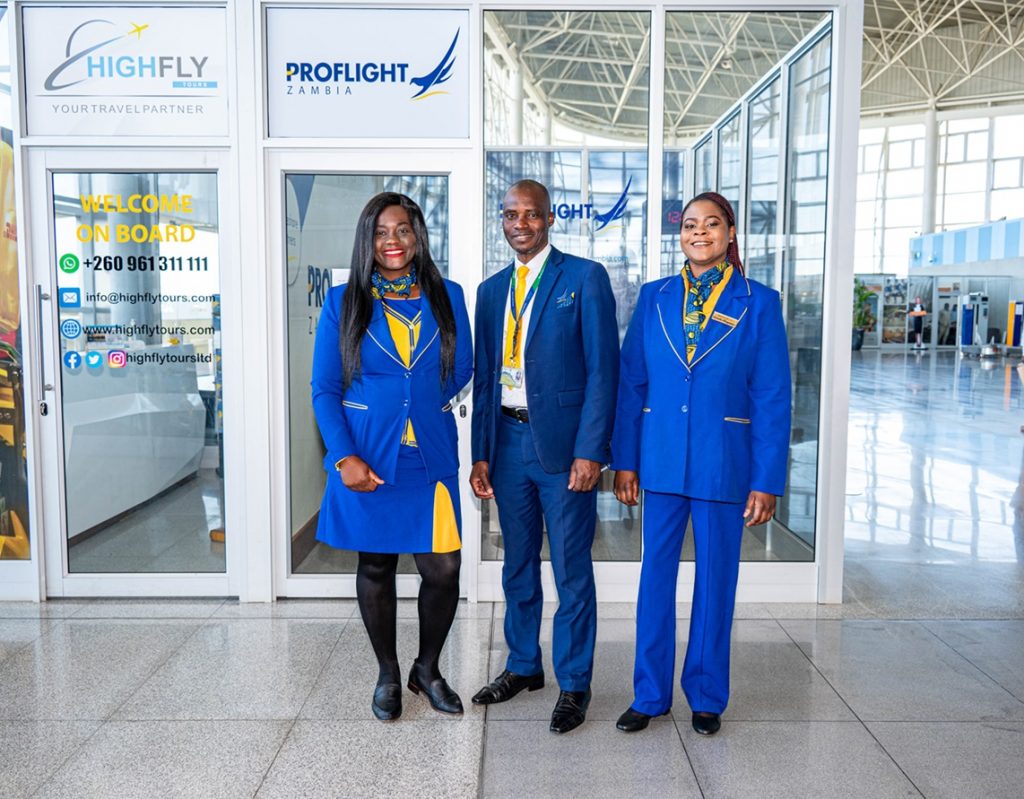
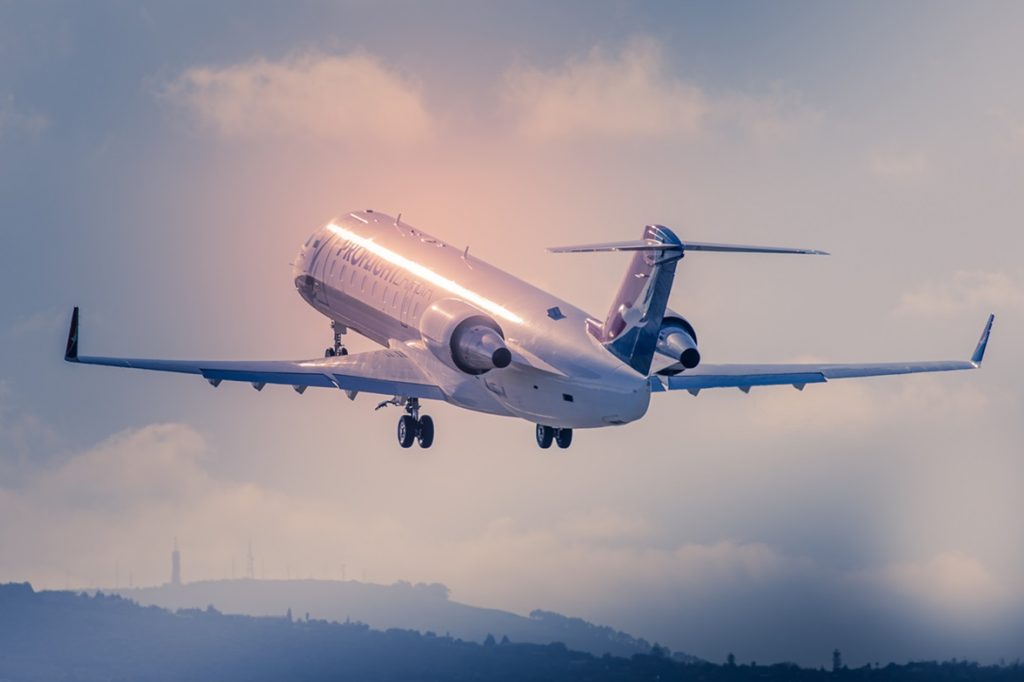
Proflight marks 32 years of flying excellence
LUSAKA, ZAMBIA – Zambia’s aviation sector is charting an impressive trajectory of growth, elevating both passenger numbers and safety standards as it grows the nation into a regional airline hub.
With the Ministry of Transport and Logistics’ recently launched Aviation Strategy covering 2022-26 now in place, the country is committed to fostering sustainable, secure, and reliable air connectivity that contributes tangibly to its social and economic development. And as the country sets its sights on this trajectory, it is worth reflecting on how far the Zambian aviation sector has come.
Zambian aviation industry has a rich history that dates back over a century of flight. The first recorded flight in the country took place in the 1920s when pioneering aviators used small aircraft for aerial surveys and exploration.
However, it was during World War II that aviation saw significant development as Zambia, then known as Northern Rhodesia, played a strategic role as a British protectorate.
After the war, civil aviation started to take root, with the establishment of small airstrips and airfields for passenger and cargo services. It was then that commercial airlines began operating in the region, connecting Northern Rhodesia to other British colonies and major cities in Africa and Europe.
As Zambia proudly celebrates its 59th year of independence, it also marks another significant milestone in its aviation history – the 32nd anniversary of Proflight Zambia, the nation’s leading airline.
A legacy takes flight
The historic year of 1964 marked Zambia’s independence from British rule, propelling the nation’s aviation sector into a period of expansion. Modern airports and infrastructure were developed to cater to the growing demands of air travel, making aviation a critical instrument in fostering economic development and in connecting the vast expanse of Zambia to the rest of the region and the world.
In the post-independence era, aviation continued to soar as a lifeline for domestic connectivity and international tourism. The entry of private airlines, including Zambia’s own Proflight Zambia, further enhanced domestic travel, and opened doors to breathtaking tourism experiences. The airline’s journey from a charter airline to a prominent industry leader has been a testament to its unrelenting commitment to deliver safe, reliable, and affordable flights and services to its customers.
Wings of connectivity
“Aviation has played a vital role in overcoming some of the geographical challenges faced by Zambia. Air travel has become a lifeline for domestic connectivity, providing fast and reliable travel options to remote regions that are otherwise challenging to access by road,” said Proflight Zambia Director Flight Operations Captain Josias Walubita.
Zambia witnessed a remarkable rise in passengers from 1.2 million in 2008 to 1.8 million in 2019, signifying a remarkable 50% growth over a decade. In 2022, Proflight Zambia carried 130,000 pax and in the first half of 2023 the airline carried 250,000.
For international tourism, aviation has been the gateway to Zambia’s iconic destinations. From the majestic Victoria Falls – one of the Seven Natural Wonders of the World, to the wildlife-rich national parks. Zambian tourists are also able to access and enjoy the regional destinations such as the rich landscapes of Johannesburg and Cape Town.
“Improved air connectivity has facilitated a steady influx of visitors, supporting the hospitality industry and generated revenue for the country,” he noted.
Navigating the skies
Despite its crucial role and potential to contribute to the national economic development, Zambia’s aviation sector faces challenges that require careful navigation. “These obstacles include the need for state-of-the-art modern infrastructure on a par with international standards, managing operational costs, navigating economic constraints, prioritizing safety concerns, and a sustained skilled workforce,” highlighted captain Walubita.
He added: “Infrastructure development is crucial to accommodate increased air traffic as well as cater to the various aircraft capacities, especially the larger ones. Addressing operational costs and financial constraints is essential for the sustainability of airlines. Security and safety also remain a top priority in upholding the trust and confidence of passengers and stakeholders. Furthermore, attracting and retaining a skilled workforce will help in ensuring we have the best expertise necessary to innovate and drive the sector’s growth.”
Proflight Zambia – the wings of progress
In addition to the likes of Zambia Airways, Zambia’s aviation journey has been marked by Proflight Zambia – a pioneer private local airline that has exemplified safety, reliability, and contributed significantly to economic growth in the sector and to international and local tourism. The airline’s unwavering commitment to safety, adherence to international standards, and exceptional customer service have earned it a place in the hearts of travelers worldwide.
Proflight Zambia’s connectivity across the nation has been a driving force in uniting communities, promoting tourism, and supporting business ventures. By operating flights to popular local destinations like Mfuwe, Ndola, Livingstone, and international ones like Cape Town and Johannesburg, the airline has facilitated increased tourism, generated revenue and creating employment opportunities for local communities.
The airline not only created job opportunities for Zambians but has also invested in their professional development, equipping them with the necessary skills to excel in the industry. From pilots and cabin crew to ground staff and maintenance technicians, Proflight Zambia nurtures local talent, contributing to the nation’s human capital development.
“Training is very important, as you know aviation today is not the way it was 50 years ago. As much as the concept remains the same but the technology and the way of doing things has greatly changed and continues to do so,” explained Capt. Walubita.
Moreover, Proflight Zambia’s collaborations with Zambia’s Civil Aviation Authority (CAA) and other stakeholders like Zambia’s Ministry of Transport and Logistics, and Ministry of Tourism and Arts demonstrates their commitment to help shape aviation policies, advocate for infrastructure development, and promote a supportive regulatory environment.
Soaring to new horizons
As Zambia looks to the future, the aviation sector stands poised for further growth, innovation, and transformation. Proflight Zambia’s 32nd anniversary is not just a celebration of the airline’s achievements, but also an affirmation of Zambia’s aviation potential to soar to greater heights.
Additionally, initiatives like the Single African Air Transport Market (SAATM) which aims to promote open skies and improve air connectivity across the African continent breed optimism. SAATM will seek to ensure that aviation players live up to their strengths in connecting Africa, promoting its social, economic and political integration and boosting intra- Africa trade and tourism.
With continued support from stakeholders, collaborative efforts between the government and the industry as a whole, and the steadfast dedication of airlines like Proflight Zambia, the skies of Zambia will remain a realm of opportunities and progress.
As we celebrate this milestone, let us cherish the rich history of aviation in Zambia, recognize the essential role of aviation in our nation’s growth, and set our sights on a future where the skies are limitless, and Zambia takes flight to greater heights.
-Ends-
About Proflight Zambia
Proflight Zambia was established in 1991 and is Zambia’s leading scheduled airline. From its base in Lusaka its domestic routes include Livingstone, Mfuwe, Ndola, Solwezi, Kalumbila, Mansa, and Jeki/Royal airstrips in Lower Zambezi; and regionally to Durban, Johannesburg and Cape Town in South Africa from Lusaka.
The airline prides itself in providing a safe, reliable, efficient and friendly service, and offering good value to business and leisure travellers locally and internationally.
The airline operates a 126-seat 737-500 aircraft, three 50-seater Bombardier CRJ-100/200 jets, four 29-seater Jetstream 41 aircraft and one 18-seater Jetstream 32 aircraft.
More information is available at www.flyzambia.com.
For media inquiries, please contact:
Gillian Langmead at Langmead & Baker Ltd;
+260 979 060705;
info@langmead.com

